Since 2025, Ho Chi Minh City has opened up a completely new development space - Photo: QUANG DINH
Dr. Vo Kim Cuong - former Deputy Chief Architect of Ho Chi Minh City - shared that after the congress, Ho Chi Minh City needs to exploit the development space orientation for the whole Ho Chi Minh City in general, and at the same time, the unique characteristics of each area in Ho Chi Minh City.
"The merged city possesses rare conditions to become a driving force for the nation. I hope that Ho Chi Minh City will know how to mobilize and activate that enormous resource to realize the great expectations that the Party and the Government have placed on it," Mr. Cuong confided. This is also one of the passionate opinions of experts on Ho Chi Minh City development introduced by Tuoi Tre from the issue published on October 12, 2025.
The merged Ho Chi Minh City possesses rare conditions to become the driving force of the nation.
Dr. Vo Kim Cuong
The city has many favorable factors.
* You said that Ho Chi Minh City has the rare conditions to become the driving force of the country. How do you see the significance of "rebuilding" a unified urban area in the context of the city becoming a regional megacity, both a national center and connecting many surrounding localities?
- I think, reconstruction is often about destroying the old to start over, while Ho Chi Minh City today is about inheriting, expanding and developing on the foundation of existing values, with a larger scale and a completely different stature.
The merger of Binh Duong and Ba Ria - Vung Tau into Ho Chi Minh City is a turning point with a great strategic vision of the Party and the Government. Nowhere in Vietnam has the geographical location, natural conditions, human resources and population size to create a strong momentum like this land, even cities in the world.
A place called a driving force for development is a place that attracts resources for development. With 14-15 million people, the merged Ho Chi Minh City has a population size nearly equal to the two developed countries of Sweden and Finland combined. What is important is not just the number, but the power of the market, where supply and demand meet, creating huge endogenous energy for urban development.
* One of the important messages is "a common vision, many development centers". In your opinion, to realize this vision, how should the city assign roles and organize the areas so that they complement each other but do not cancel each other out?
- The story of role assignment here must come from the resources and actual development motivation of each area. The planner needs to carefully survey, correctly identify the strengths, potentials, needs and limitations of each area to come up with appropriate exploitation solutions.
Multi-polar orientation is not only about developing in many directions in terms of space, but also about multi-spinoffs in socio -economic development: finance, innovation, logistics, high technology, quality education and healthcare, tourism, resorts... Each direction has different motivations and requirements, from infrastructure, human resources to legal framework.
The key point is that population concentration is the driving force of urban development. A city is only truly vibrant when its economic, social and cultural activities are within a convenient travel range, ideally within 15 minutes, not more than 60 minutes. Therefore, areas with high population density, existing urban areas with their own brands and attractions, must be considered the "engine" of the entire region.
The government needs to demarcate boundaries, retain names and separate planning for each urban area in the merged city, with multi-sector integrated planning. At the ward and commune level, there should be no separate planning to avoid overlap and save resources.
Traffic is the blood vessel
* In the urban development spatial orientation, what do you think is the key factor for Ho Chi Minh City to both maintain its own identity and ensure overall harmony?
- The old Ho Chi Minh City, Binh Duong and Ba Ria - Vung Tau have long developed in a multi-polar, multi-centered manner. This is a reasonable and sustainable way of development, both creating conditions for economic growth and ensuring the ecological environment and quality of life.
High-density centers often achieve high labor productivity and infrastructure investment efficiency, forming strong economic poles. Between them are buffer zones, isolated green spaces, maintaining ecological balance. If this structure is maintained, Ho Chi Minh City can be both dynamic and sustainable.
The key is to plan based on sustainable development goals, putting people at the center. Then comes the clear identification of resources and motivations of each region in the context of global competition and integration.
And finally, I want to emphasize: transport infrastructure is the foundation of all spatial planning. Without connectivity, all ideas remain on paper. Transport is the lifeblood that determines the health of the entire urban body.
* Regarding the administrative apparatus, how will the model of one apparatus, many centers, and one common vision need to be reformed to operate effectively, avoid overlap and dispersion of resources?
- This is the biggest problem today. Institutions are the bottleneck of development, which the Government has also acknowledged. In administrative work, sometimes we tie ourselves up. Investment, construction, planning, land procedures... still have many complicated levels. General Secretary To Lam also recently said that up to 90% of corruption cases are related to land, which says a lot.
To solve the problem, we must have substantial institutional reform. The administrative reform has been initiated for more than 35 years (since Resolution 38/1990), but the "bottleneck" has not been opened much.
If this knot cannot be untied, all efforts to decentralize and reorganize the apparatus will only change in form. To operate the model of one apparatus, many centers, one common vision, the prerequisite is to have a flexible, unified but not rigidly centralized institution, allowing regions to proactively exploit their own strengths within the general framework of the city.
Multi-functional, multi-polar super city
* Looking long term, he expects this congress to open up
What are the directions to make Ho Chi Minh City not only a domestic megacity but also a regional metropolis in Southeast Asia?
- Everyone has expectations, setting goals is easy. Every resolution has a system of goals, and each goal when separated can become a slogan. But whether it can be achieved or not is another matter.
When a city is small, it is easy to position it as a flower city, a pearl of the Far East... But when it becomes a multi-purpose, multi-polar megacity, it is difficult to assign it a single function. Therefore, instead of fixing the title, let's talk about the scale and level of development. When reaching a certain level, Ho Chi Minh City will naturally become the center not only of the region but also of the region.
Some positive signs
* From a socio-economic perspective, what new growth drivers can the integrated urban development create for Ho Chi Minh City and the whole region?
- It is clear that leaders have seen the need to form new growth poles, such as international financial centers, innovation beltways, seaport logistics... The important thing is how to activate those drivers.
We are witnessing some positive signals: strong investment in transport infrastructure; data systems and digital transformation are being promoted; human resource policies, especially attracting and rewarding talented people, are being given more attention; and more importantly, institutional bottlenecks are beginning to be clearly identified for resolution.
Of course, expectations are just goals. Whether they are achieved or not depends on fierce competition in development. This is a long and not easy journey. But if we know ourselves, know others, understand our internal strength and choose the right direction, Ho Chi Minh City can absolutely become the strongest locomotive of the country.
Tuoitre.vn
Source: https://tuoitre.vn/vuon-len-tu-do-thi-hop-nhat-20251014234047859.htm


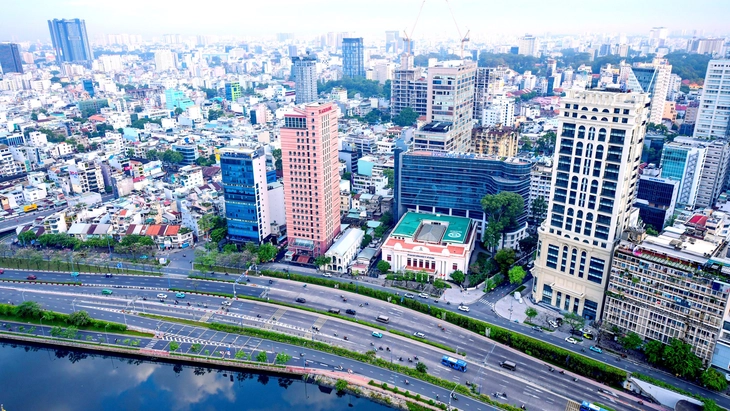





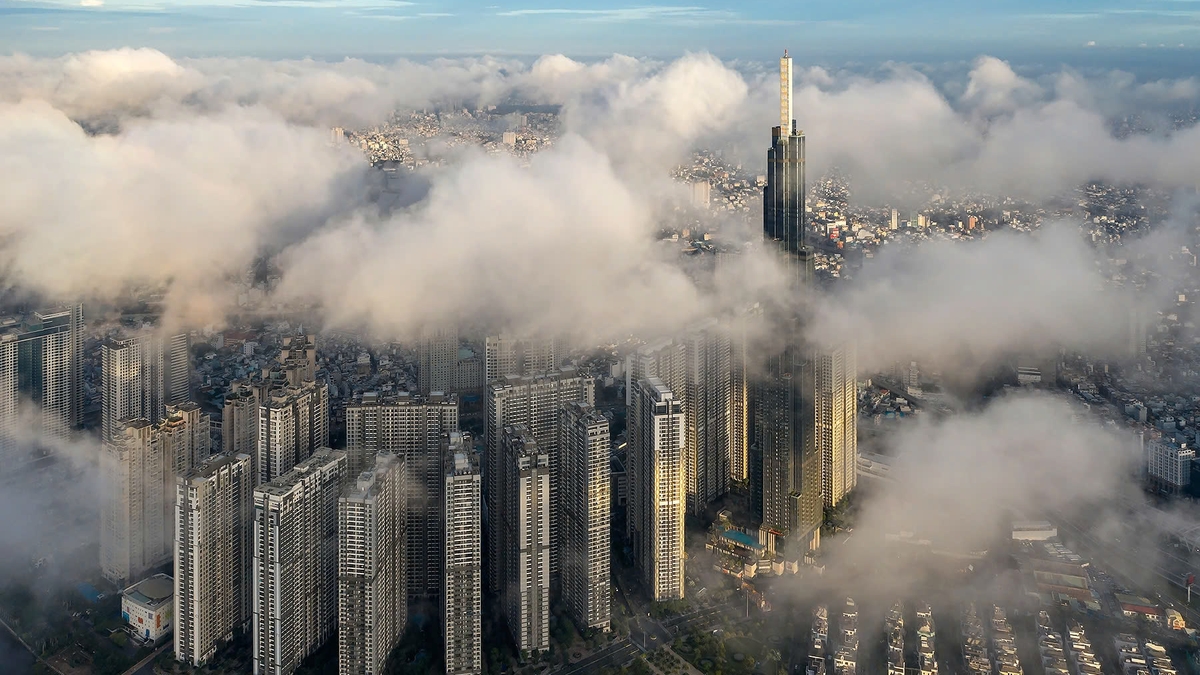


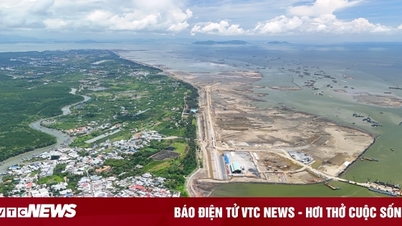

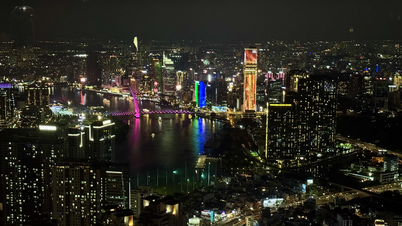

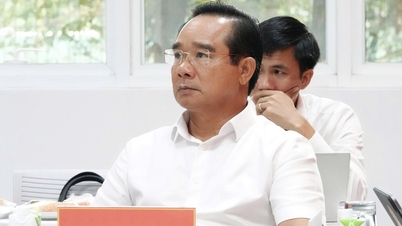
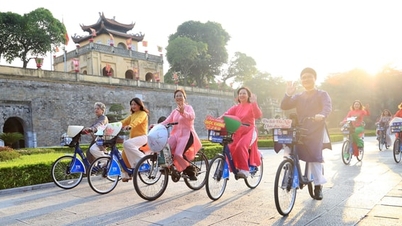

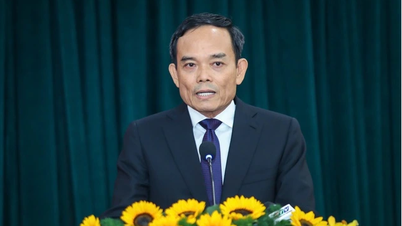




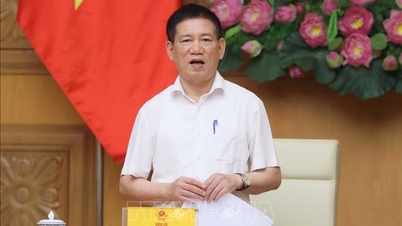
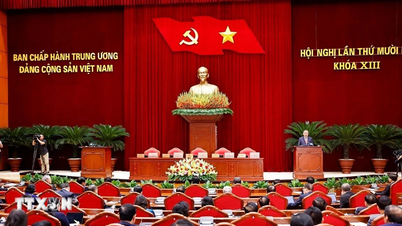

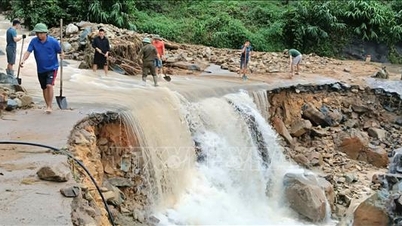
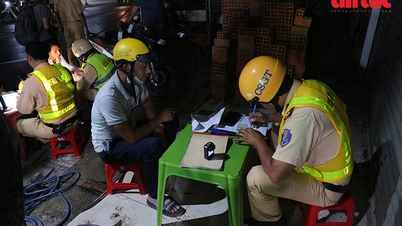










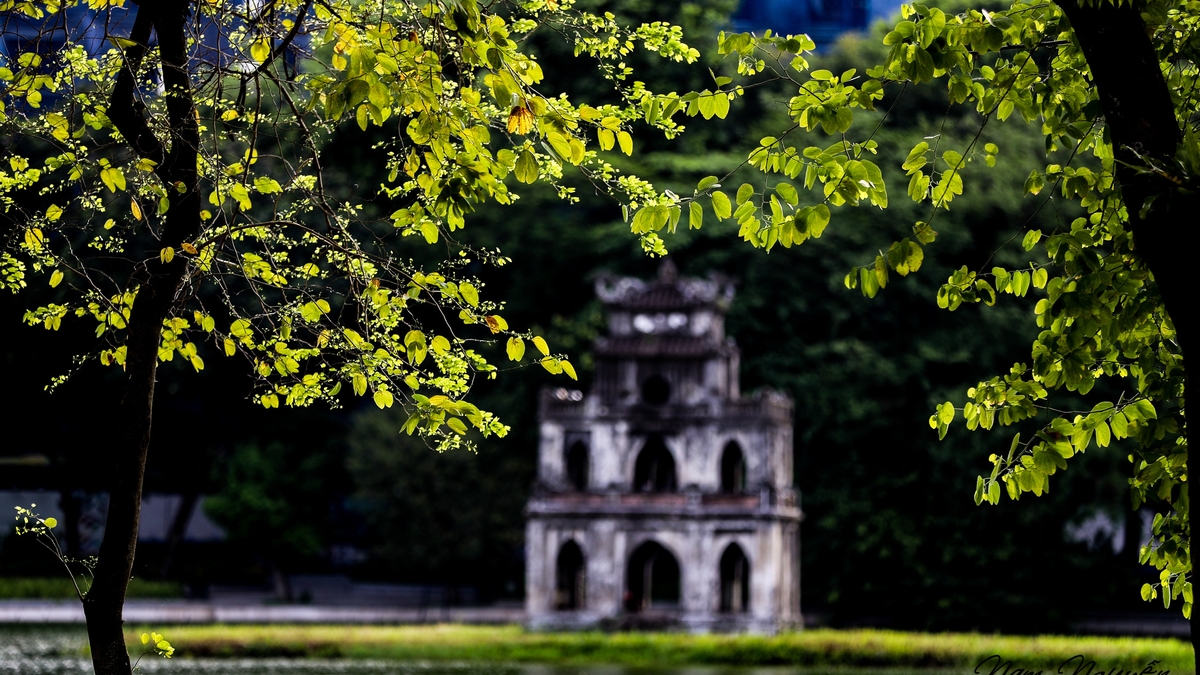
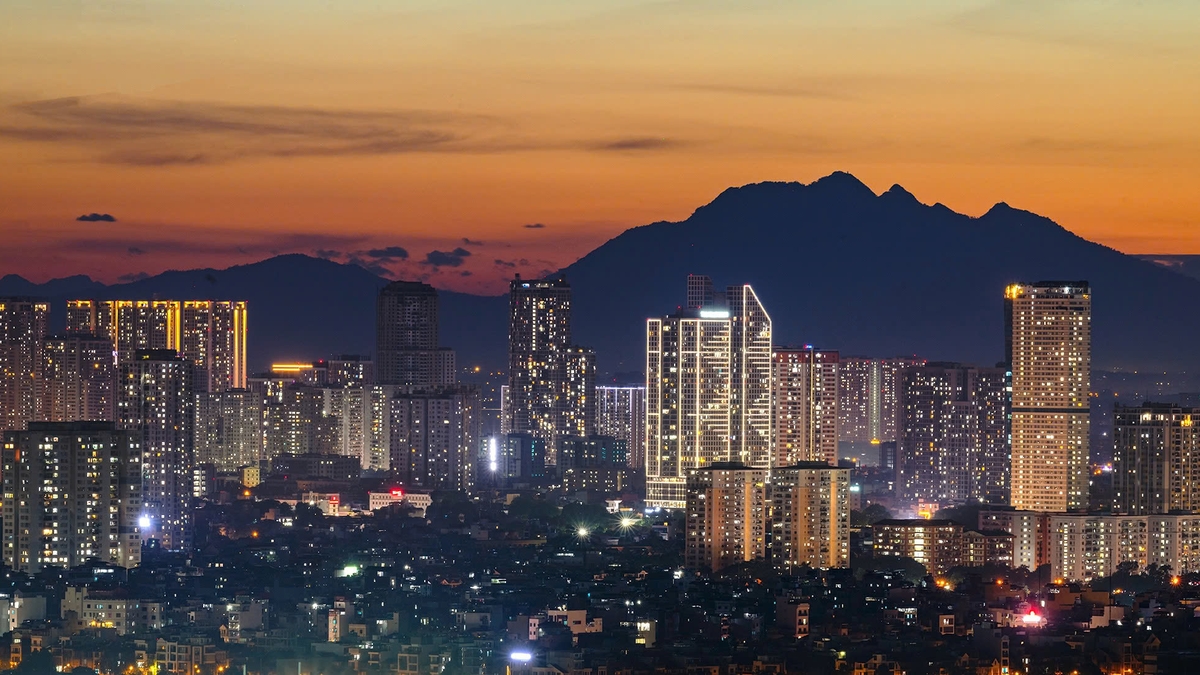
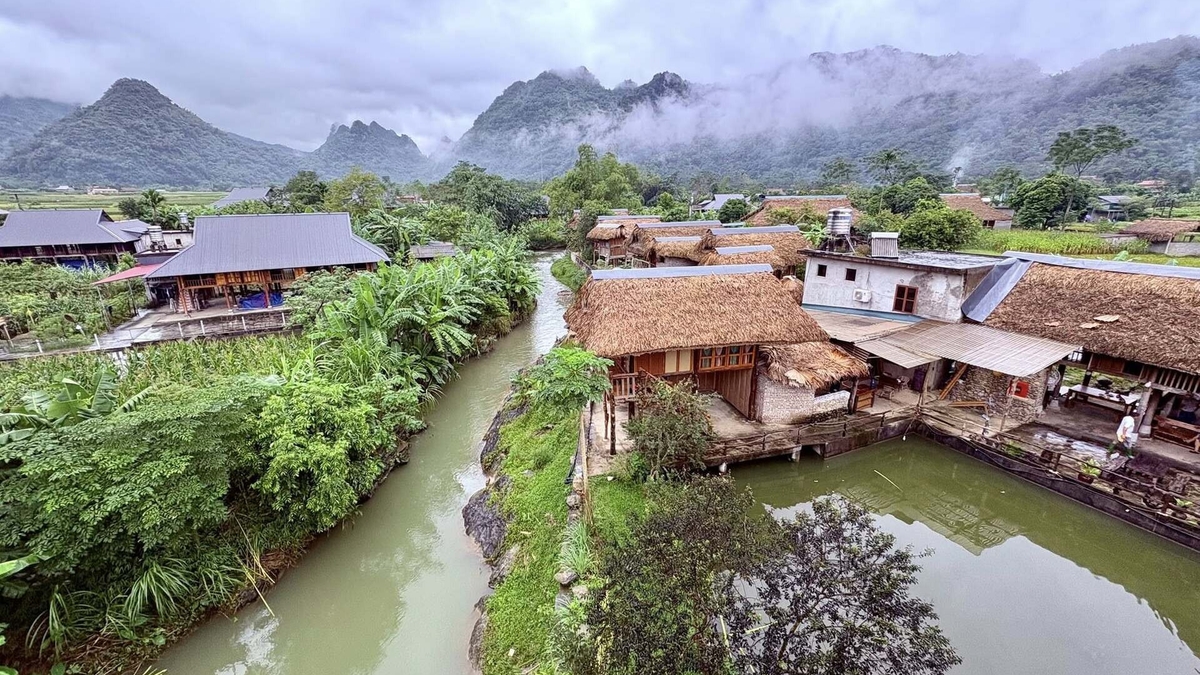
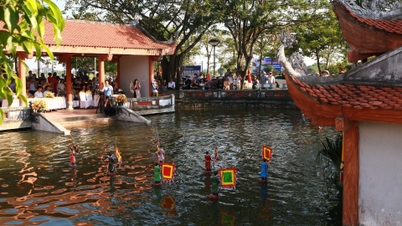




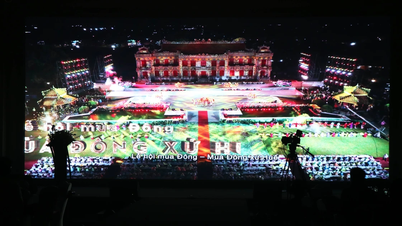

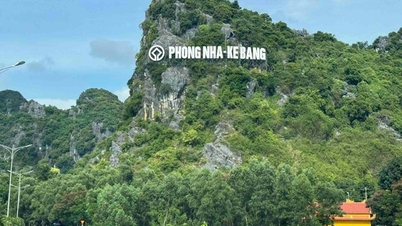




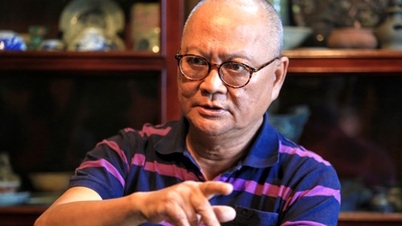






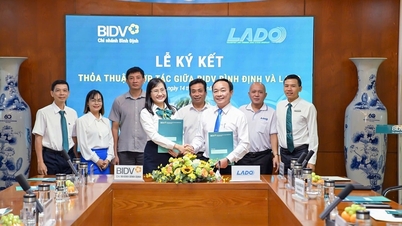




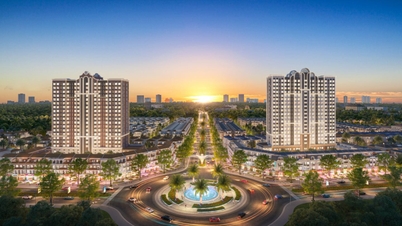
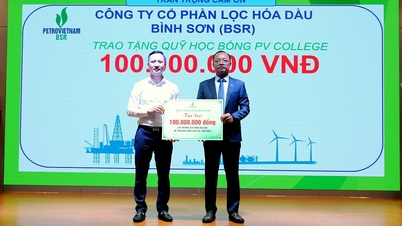
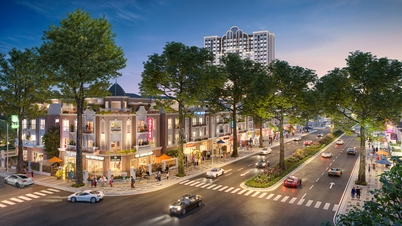








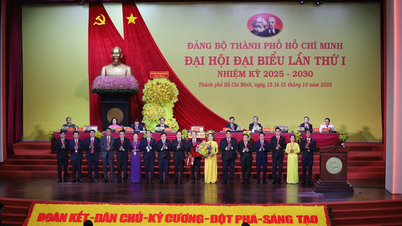
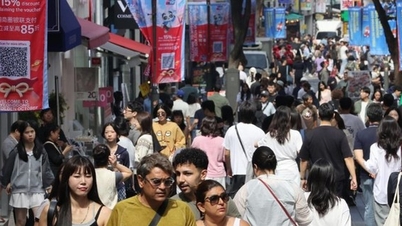


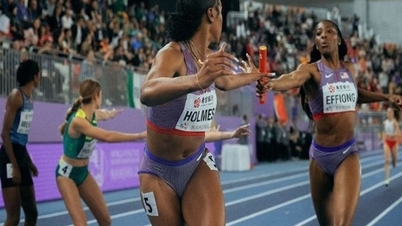


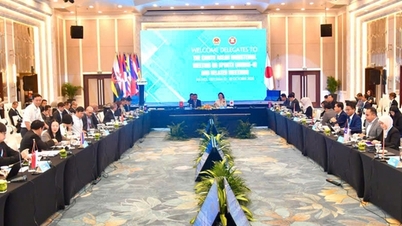
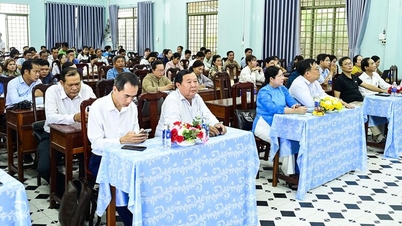

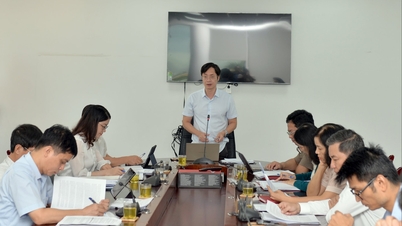

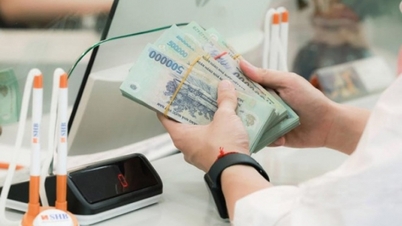


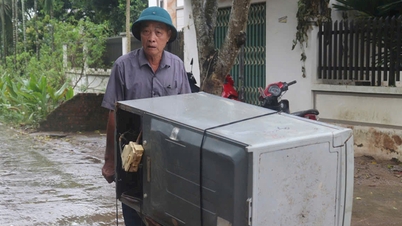

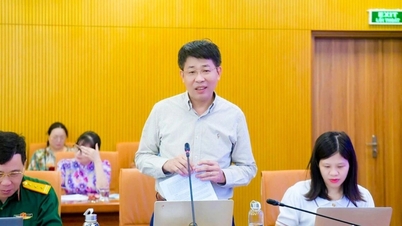














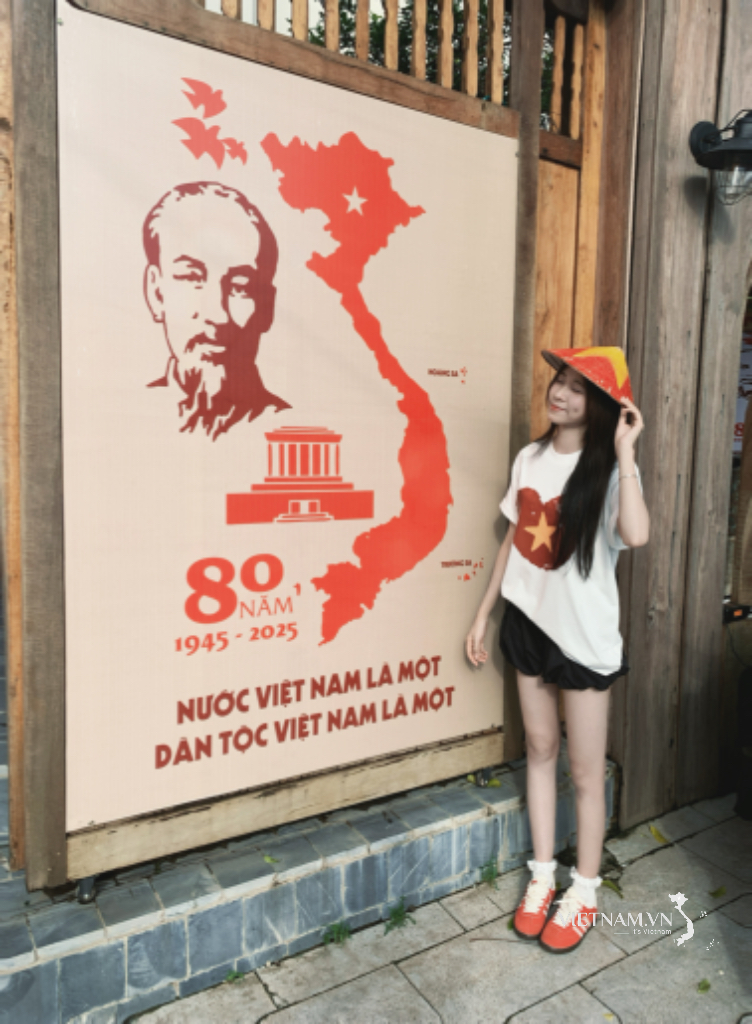


Comment (0)